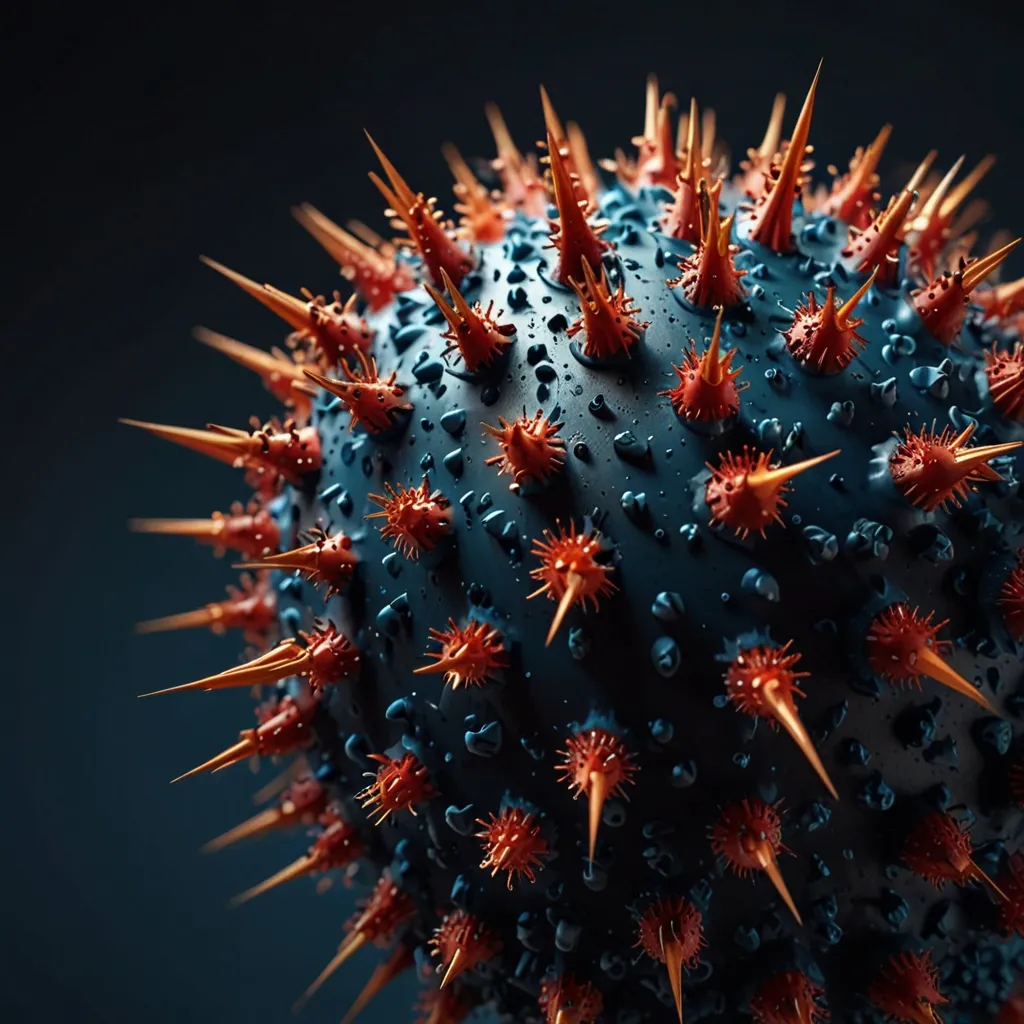Once in a while, a great scientist stumbles upon a pattern in nature that no one else has noticed. Take Isaac Newton, for example, who realized that the forces acting on a cannonball are the same as those acting on the moon. Ernest Rutherford was another visionary who suggested that electrons orbit the nucleus of an atom like the moon orbits the Earth. While Rutherford’s model was ultimately incorrect, it laid the groundwork for our understanding of atomic structure.
Rutherford proposed the planetary model in 1911, comparing the atomic structure to a miniature solar system. The electrons orbited a dense nucleus, much like planets orbit the sun, held in place by electromagnetic forces instead of gravity. However, this model failed because electrons in constant circular motion would emit electromagnetic radiation, losing energy, and collapsing into the nucleus.
Quantum mechanics entered the scene to solve these issues. Max Planck’s discovery in 1900 that energy is quantized opened the door for Niels Bohr’s 1913 hypothesis. Bohr combined Rutherford’s model with Planck’s theories, proposing that electrons occupy specific orbits without radiating energy—an idea aligned with the quantization of angular momentum.
While Bohr’s model explained the radius and energy levels of hydrogen atoms, it couldn’t explain why electrons behaved this way. Louis de Broglie proposed that electrons exhibit wave-like properties, suggesting that they form standing waves in their orbits. This revolutionary idea explained the stability of these orbits but left many questions unanswered.
Erwin Schrödinger took it further by developing the wave equation, which could describe electron behavior in three-dimensional space. Schrödinger’s equation became fundamental in quantum mechanics, successfully predicting atomic structures and behaviors far beyond the capabilities of Bohr’s model.
One might ask, why don’t we just look inside an atom to confirm these theories? The problem is that atoms are too small for visible light to detect, and using higher-energy light like X-rays would alter their state. Here, the Heisenberg Uncertainty Principle plays a crucial role; it states that we can’t simultaneously know an electron’s position and momentum with perfect accuracy.
According to Schrödinger’s wave equation, electrons form probabilistic clouds around the nucleus, not fixed orbits. This cloud explains why electrons don’t just fall into the nucleus—they are confined by quantum rules. In simple terms, the quantum nature of electrons prevents them from collapsing into the nucleus, maintaining the size and structure of atoms.
This quantum understanding also explains why we can’t compress atoms easily. Compressing them would require enormous amounts of energy, thanks to the wave properties and the uncertainties described by quantum mechanics.
Quantum mechanics, while challenging and counterintuitive, offers a deeper understanding of the universe. This fascinating field shows that despite our intuitive discomfort, nature isn’t obligated to fit our expectations. It’s a roadmap to understanding the fundamental principles that govern everything around us.
For those curious to delve deeper, numerous resources offer engaging lessons on quantum mechanics, providing interactive ways to grasp these complex concepts. Understanding quantum mechanics might just be more accessible than you think with the right approach and tools.






